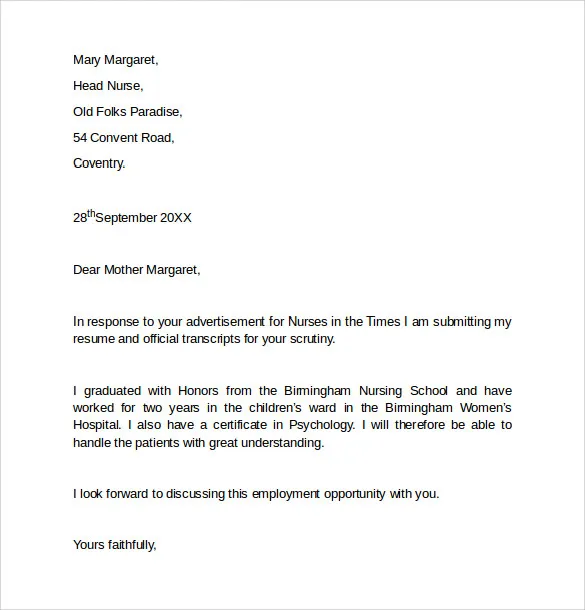Cover Letter Mastery: Key Elements
A cover letter is your first opportunity to make a strong impression on a potential employer. It’s a crucial component of your job application, offering a personalized introduction and a chance to highlight your qualifications and enthusiasm for the role. A well-crafted cover letter doesn’t just reiterate your resume; it tells a story, demonstrating why you’re the perfect fit for the position and the company. Mastering the art of cover letter writing can significantly increase your chances of getting hired, opening doors to interviews and ultimately, job offers. This guide provides a comprehensive overview of how to write a cover letter that not only gets noticed but also gets you hired.
Headline & Introduction
The introduction is where you make your first impression. It needs to be captivating and immediately grab the reader’s attention. Avoid generic openings. Instead, aim for a concise and engaging start that clearly states the position you’re applying for and how you learned about it. Your goal is to make the hiring manager want to read more, setting the tone for the rest of the letter. Your introduction should be brief, yet informative, showcasing your enthusiasm and making a strong first impression.
Crafting a Compelling Opening
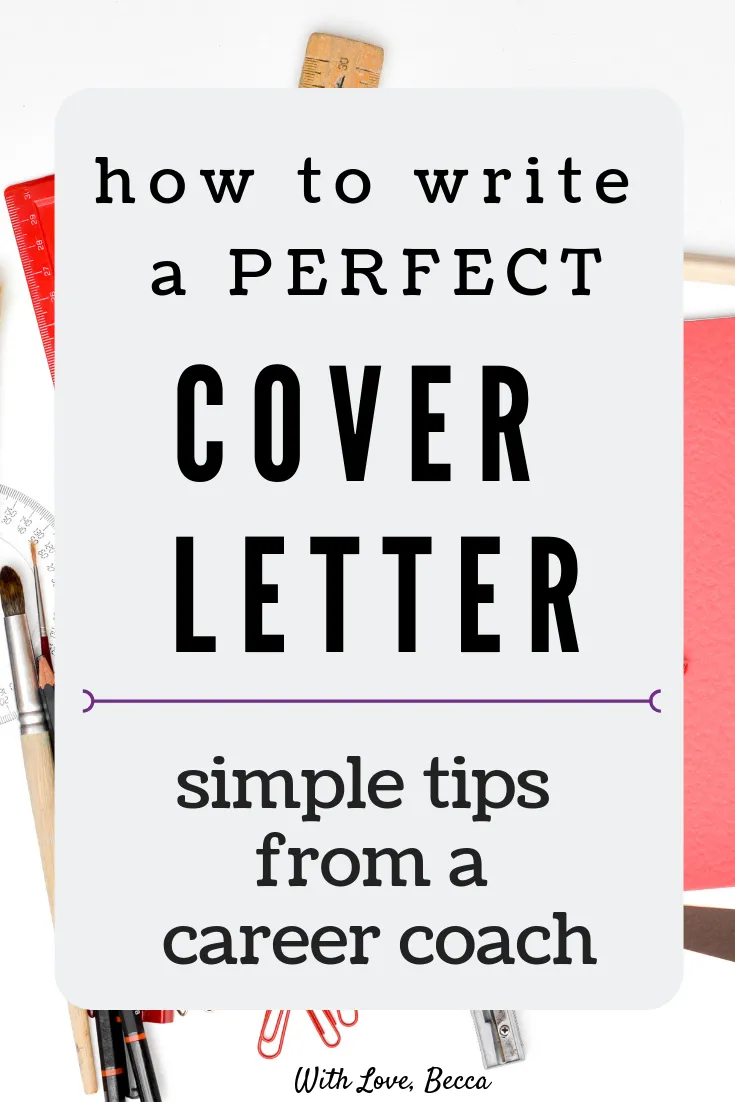
A compelling opening goes beyond simply stating you’re applying for a job. Consider starting with a brief anecdote that illustrates a relevant skill or experience. This can be a story about how you solved a problem, achieved a significant result, or demonstrated a key quality that aligns with the job requirements. Alternatively, express your genuine interest in the company or the specific role. Show that you’ve done your research and understand the company’s mission or values. Your opening needs to be tailored to the specific job and company to make it memorable and impactful.
Highlighting Your Value Proposition
In the introduction, briefly state your value proposition. What unique skills or experiences do you bring to the table that set you apart from other candidates? This is your opportunity to quickly communicate your key strengths and how they align with the job’s needs. This could include specific accomplishments, relevant skills, or a unique perspective that you believe would benefit the company. Keep it concise and focused, saving the detailed explanation for the body paragraphs. Make sure you showcase what you can do for them.
Body Paragraphs: Showcase Your Skills
The body paragraphs are where you expand on your qualifications and demonstrate why you’re the ideal candidate. Each paragraph should focus on a specific skill, experience, or achievement that aligns with the job requirements. Use the job description as your guide, ensuring you address the key skills and qualifications they’re seeking. Provide specific examples and evidence of your accomplishments. Don’t just list your skills; illustrate them with concrete examples and quantifiable results whenever possible, showing the value you can bring to the role.
Tailoring to the Job Description
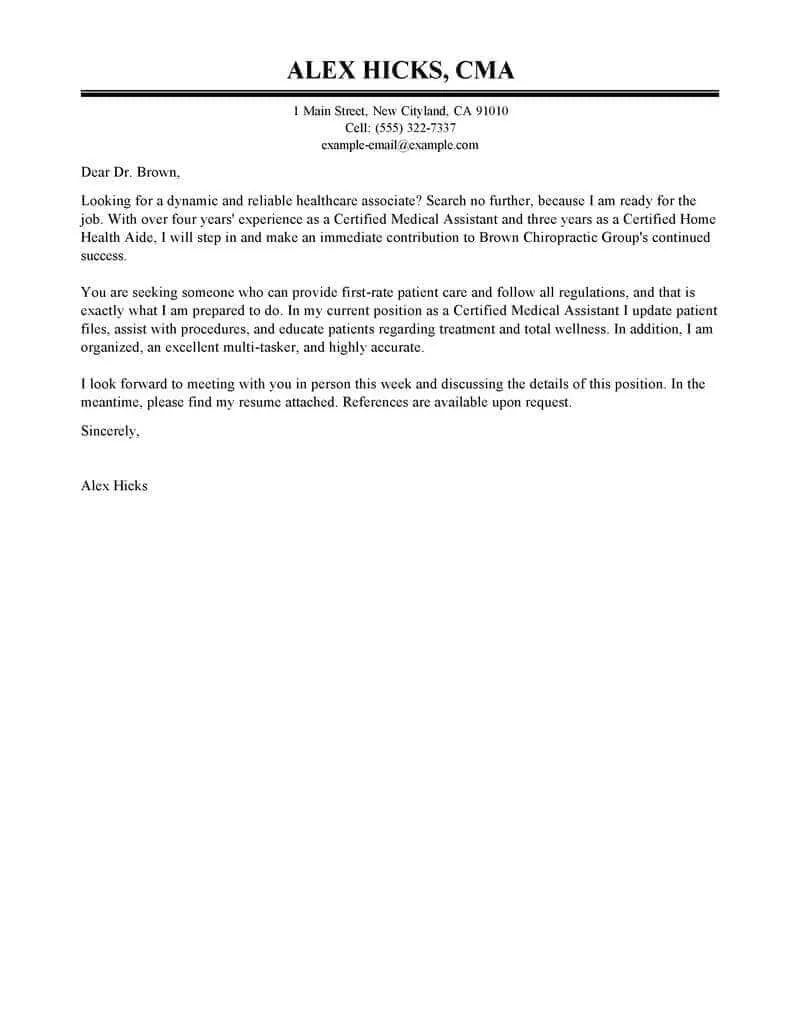
Customize your cover letter for each job application. Avoid using a generic cover letter; instead, meticulously review the job description and tailor your letter to match the specific requirements and keywords. Highlight the skills and experiences the employer is seeking, and provide examples of how you’ve demonstrated these in the past. Show that you understand the role and the company’s needs by referencing the job description throughout your cover letter. Customization is essential to show the employer you’ve put in the effort and are genuinely interested in the position.
Quantifying Achievements
Wherever possible, quantify your achievements. Instead of saying, ‘Managed a team,’ say, ‘Managed a team of 10, increasing productivity by 15%.’ Use numbers, data, and statistics to showcase the impact you’ve made in previous roles. Quantifiable achievements make your accomplishments more concrete and persuasive. This helps the employer understand the value you brought to your previous roles and what you can potentially bring to theirs. Use metrics like percentages, dollar amounts, or specific results to illustrate your success.
Action Verbs to Use
Use strong action verbs to describe your skills and accomplishments. Action verbs make your cover letter more dynamic and engaging, bringing your experiences to life. Examples include: ‘achieved’, ‘managed’, ‘developed’, ‘implemented’, ’led’, ‘created’, ‘increased’, ‘reduced’, ‘improved’, and ‘collaborated’. Use a variety of action verbs to avoid repetition and ensure your cover letter is clear, concise, and compelling. These verbs create a vivid picture of your achievements and demonstrate your capabilities. Focus on impactful verbs that highlight your responsibilities and accomplishments.
Closing Strong
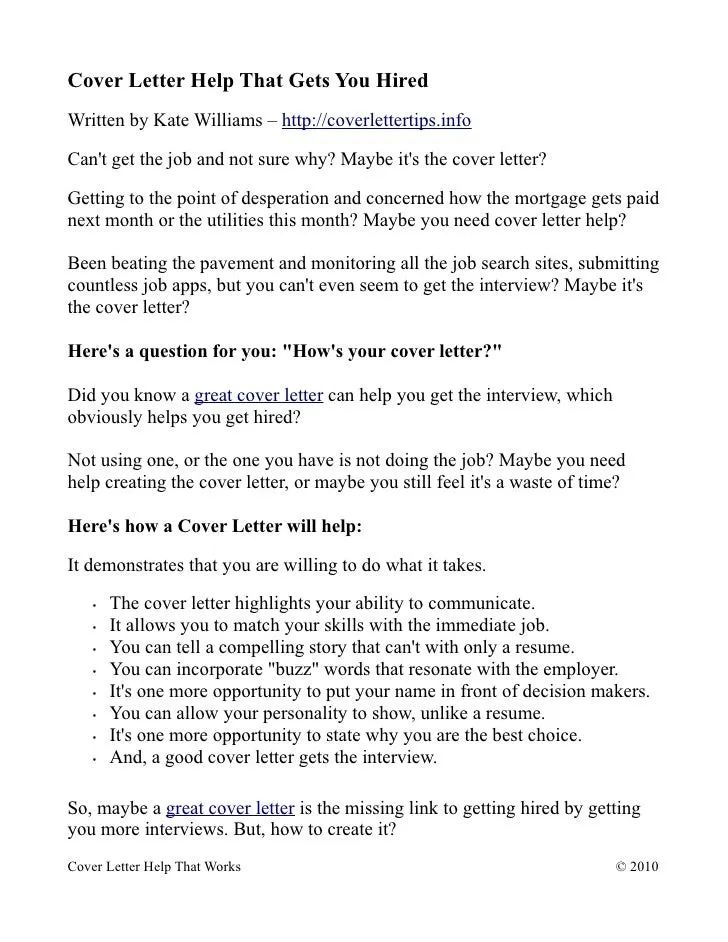
The closing of your cover letter is your last opportunity to leave a positive impression. Summarize your key qualifications, reiterate your enthusiasm for the role, and express your interest in an interview. Make it clear that you are eager to discuss your qualifications further and that you are confident in your ability to contribute to the company’s success. Your closing should be concise, professional, and memorable.
Expressing Enthusiasm & Call to Action
Reiterate your enthusiasm for the position and the company. Show that you’ve researched the company and are genuinely excited about the opportunity. Include a clear call to action, such as ‘I am eager to discuss my qualifications further’ or ‘I look forward to hearing from you soon.’ This shows your proactiveness and your eagerness to take the next step in the hiring process. Providing a direct call to action encourages the hiring manager to move forward with your application.
Proofreading and Formatting
Before submitting your cover letter, proofread it carefully for any errors in grammar, spelling, or punctuation. Ensure the formatting is consistent and professional, using a clear and easy-to-read font and appropriate margins. Proofreading is crucial; typos and grammatical errors can reflect poorly on your attention to detail and professionalism. Always have someone else review your cover letter as well, as a fresh pair of eyes can catch errors you might have missed. A polished cover letter is essential.
Common Cover Letter Mistakes
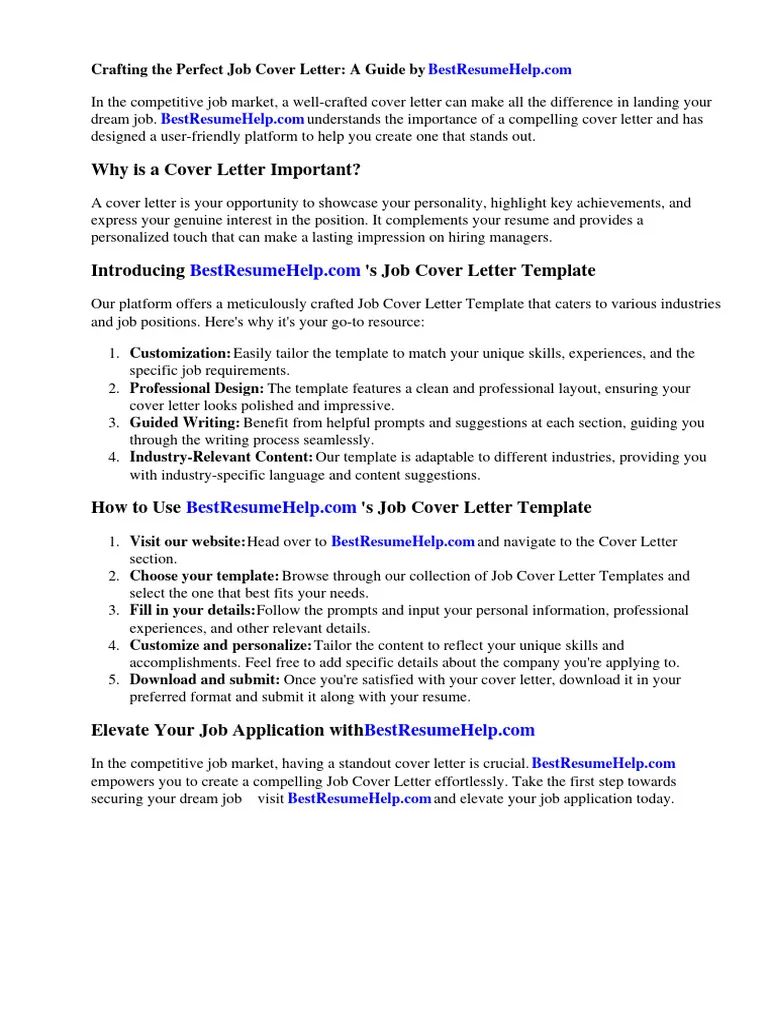
Avoiding common mistakes can significantly increase your chances of success. Many job seekers make critical errors that can immediately lead to their applications being rejected. Familiarize yourself with these common pitfalls and take steps to avoid them. These common mistakes often arise from a lack of attention to detail, or a failure to tailor your cover letter.
Overused Phrases to Avoid
Avoid using generic and overused phrases that make your cover letter sound unoriginal. Phrases like ‘I am writing to express my interest’ or ‘I am a team player’ are cliches that can weaken your application. Instead, use fresh and dynamic language to showcase your personality and skills. Use specific examples and avoid phrases that everyone else is using, which will help you stand out from the competition.
Formatting Errors
Ensure your cover letter is well-formatted and easy to read. Poor formatting can distract the reader and make it difficult to understand your message. Use a standard font, appropriate margins, and clear paragraph spacing. Avoid using a wall of text; break up your content with bullet points and headings to make it more visually appealing. Poor formatting will not only make your letter harder to read but also signal a lack of attention to detail, which can lead to your application being quickly discarded.
